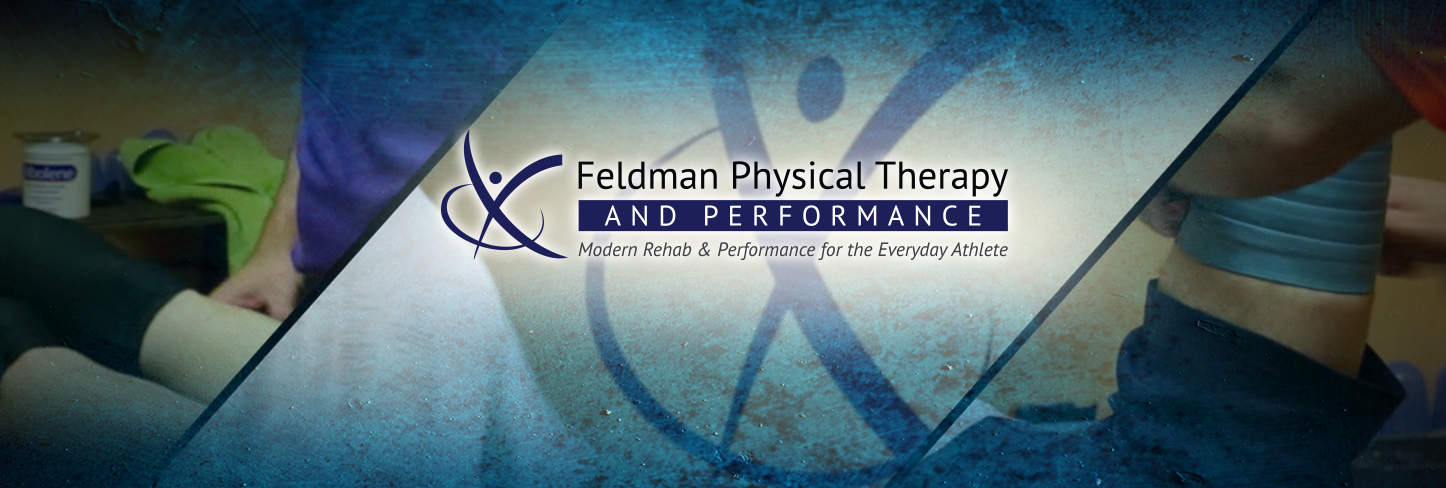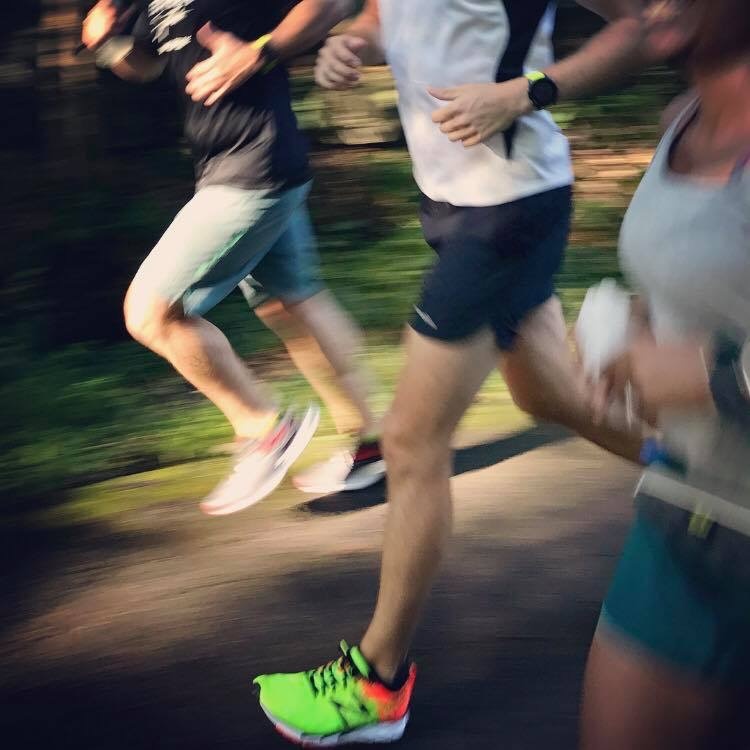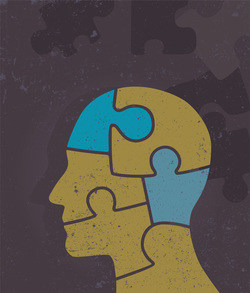
When to Call Your Physical Therapist…When Your Check Engine Light Comes On
May 19, 2014
Strength Training for Runners
October 16, 2014 Migraines can come in many different forms, some can be severely debilitating, some can be manageable, some can come on without warnings and some can build up slowly. Often times migraine sufferers will try to keep track of everything from stress, to their diet and the weather patterns to try and determine what causes their headaches to come on.
Migraines can come in many different forms, some can be severely debilitating, some can be manageable, some can come on without warnings and some can build up slowly. Often times migraine sufferers will try to keep track of everything from stress, to their diet and the weather patterns to try and determine what causes their headaches to come on.
As a physical therapist I like to look at things from a different perspective. As I have discussed in previous posts, pain is your brain telling you that there is something going wrong, your, “Check Engine Light”. In the case of a migraine headache that pain is telling you that something is wrong with the nerves and blood vessels to your brain. Your body takes that information in and displays it as the signs and symptoms you know as your migraine headaches.
The goal of physical therapy for migraine headaches is to determine what in your peripheral nervous system or musculoskeletal system (muscles, bones, joints, etc…) could be causing and/or contributing to these issues. The first thing I like to look at when evaluating a patient who suffers from migraines is their posture, both in sitting and standing. Then I like to look at the way they move, and then compare the way they breath when they are still and while they move. I’m interested in knowing first how well they can control their body when still, and what muscles they are using to get the job done. Then how well they control their body while they move, and again what muscles they use for that. Lastly by comparing how they breath when they move versus when they are still I can get an idea of when they are using the muscles that should help them breath for other tasks, and how that is changed with movement. All of this information helps not only in my treatment, but also in teaching patients the most effective habits to modify in order to see the fastest possible relief.
The evaluation is often followed by treatment consisting of manual therapy techniques to relieve tension in muscles that are not supposed to have it, and then additional techniques to help the patient cue their body to engage the proper muscle groups. I then like to teach patients a few simple corrective exercises that they can do at home. The goal of these exercises is to reinforce the use of the proper muscles to complete specific tasks. Often times individuals who suffer from migraines are using muscles that are designed to move their neck, to help stabilize it instead, and sometimes they are even using these muscles to also help them breath. This all results in extra work, which increases tension in these muscles and can be a major contributing factor to the headaches.
What most patients find is that through physical therapy first they are able to lessen the intensity of their headaches, then they are able to lessen the frequency of their headaches, and some are able to resolve their headaches all together.




